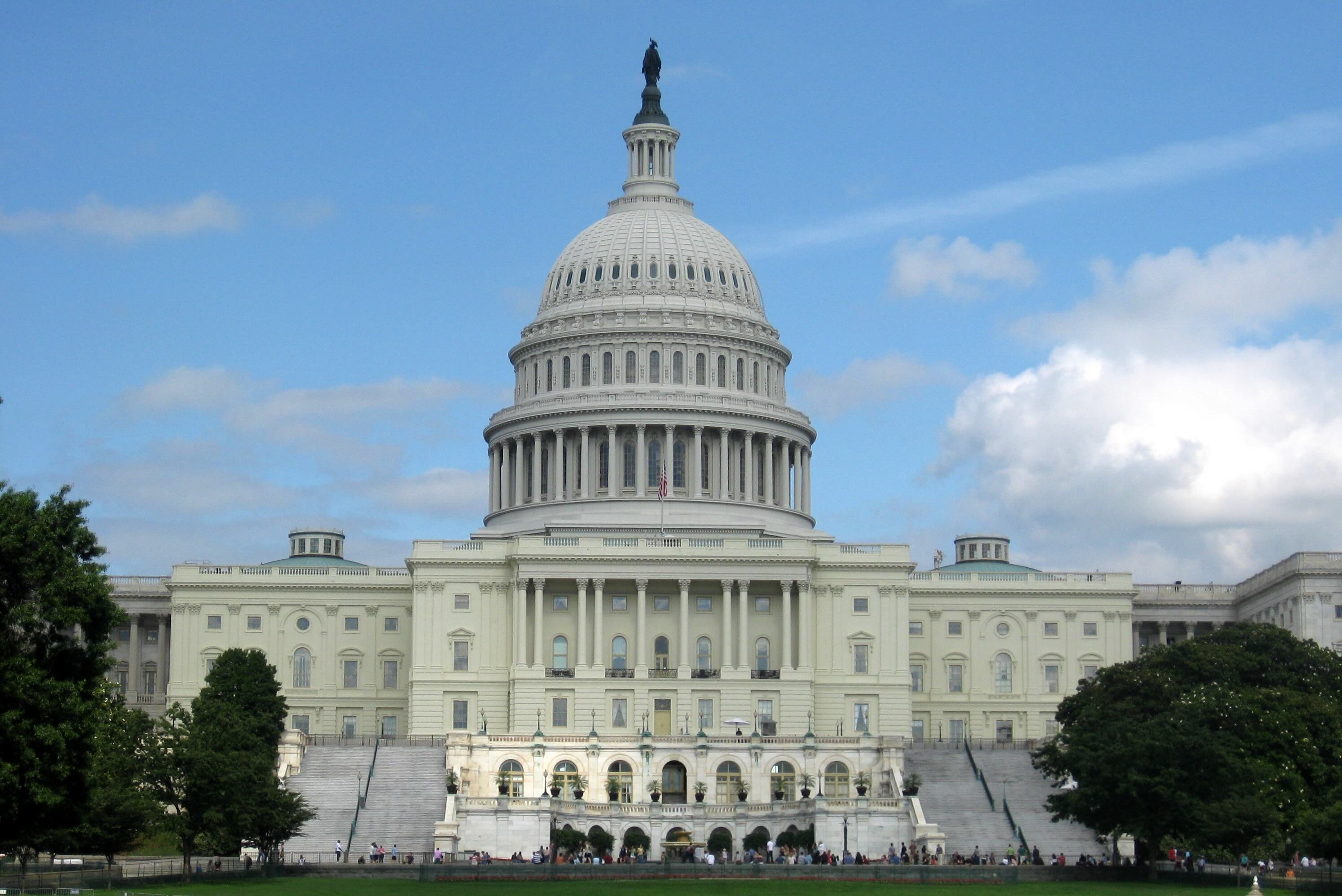Have a story idea
Have a story idea? Send it to us here.

Source : Flickr, Wally Gobetz
December 2, 2024
Author : Alex Bustillos
Three years into the ambitious five-year plan of the Infrastructure Investment and Jobs Act (IIJA), a significant portion of its funding remains untapped, raising questions about the future of President Biden’s signature infrastructure initiative.
With a new administration preparing to take office, the scramble is on to allocate and spend the remaining billions before the clock runs out.
Despite significant progress, a recent White House fact sheet revealed that $568 billion, representing 47% of the IIJA’s total funding, has yet to be announced for specific projects. This revelation comes amidst concerns that the incoming administration may seek to dismantle or redirect funds away from key priorities outlined in the IIJA.
While the IIJA enjoyed bipartisan support during its passage, with 19 Republicans joining Democrats in voting for the bill, experts suggest that funding for public transportation, Amtrak, high-speed rail, and electric vehicles could be at risk under the new administration. However, scaling back IIJA funding entirely may prove politically challenging, given that many Republican-leaning states and districts have benefited from the law’s investments.
The $1.2 trillion IIJA, hailed as a generational investment in the nation’s infrastructure, has already made significant strides in advancing over 66,000 construction projects across the country. From roads and bridges to airports and waterways, the IIJA has touched nearly every aspect of the nation’s infrastructure landscape.
However, the sheer size and complexity of the law pose challenges to its implementation. Funding flows through a labyrinth of over 400 programs, involving a diverse array of federal, state, and local entities. This intricate web of funding streams has contributed to the lag in allocating and spending the entirety of the IIJA’s resources.
To date, the largest portion of IIJA funds has been directed towards road and bridge construction, followed by rail, broadband, power, and water projects. The Biden administration has also prioritized replacing lead pipes nationwide within the next decade, a critical initiative with significant public health implications.
Among the IIJA’s notable accomplishments are:
The Biden administration has also taken steps to expedite the permitting process for infrastructure projects, a critical bottleneck that often delays progress. These efforts include investing in new technologies, streamlining environmental reviews, and expanding the use of categorical exclusions for faster approvals.
Despite these efforts, the uncertainty surrounding the IIJA’s future under the incoming administration has created a sense of urgency to allocate and spend the remaining funds.
The Biden administration is working diligently to finalize grant agreements, obligate dollars, and ensure that projects are well underway before the transition of power.
While the ultimate fate of the IIJA remains to be seen, its impact on the nation’s infrastructure is undeniable. The investments made thus far have created jobs, improved safety, and laid the foundation for a more resilient and sustainable infrastructure future.
Whether the incoming administration will continue to build upon this progress or chart a new course remains a question that will shape the nation’s infrastructure landscape for years to come.
Category : Economic Stimulus Federal Government Investment in Infrastructure
